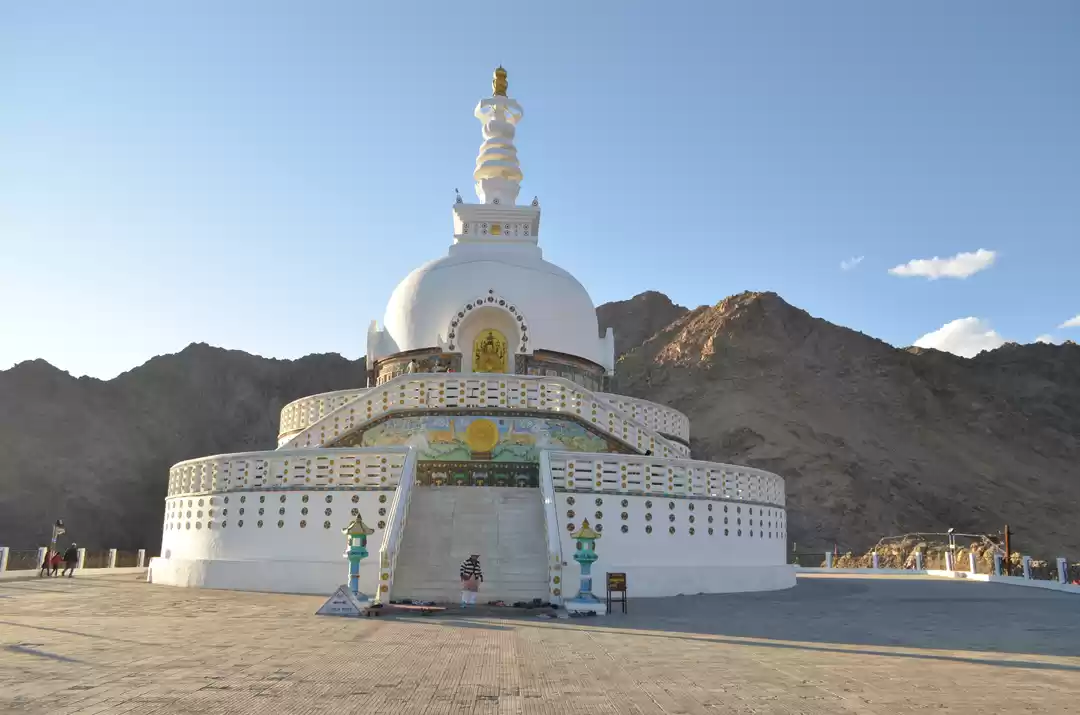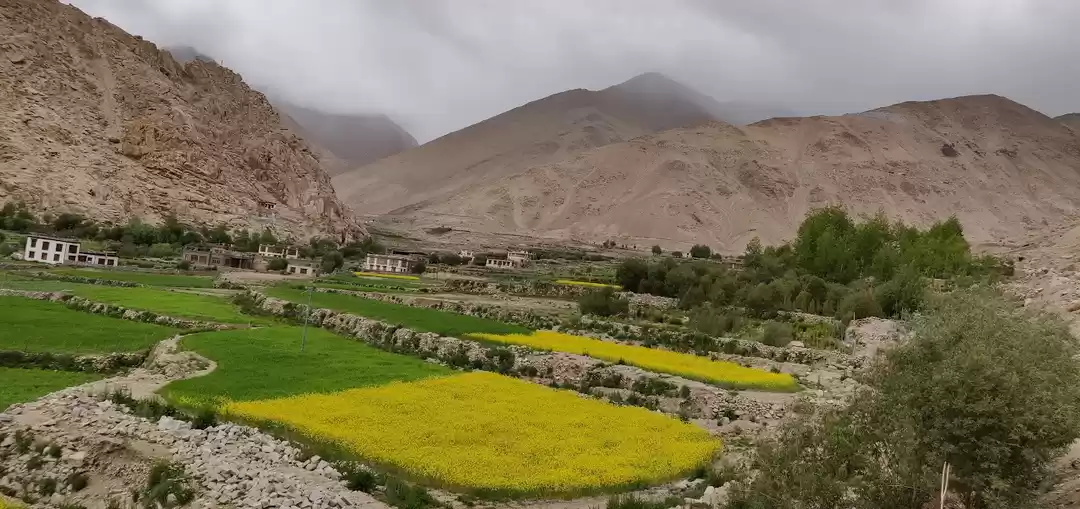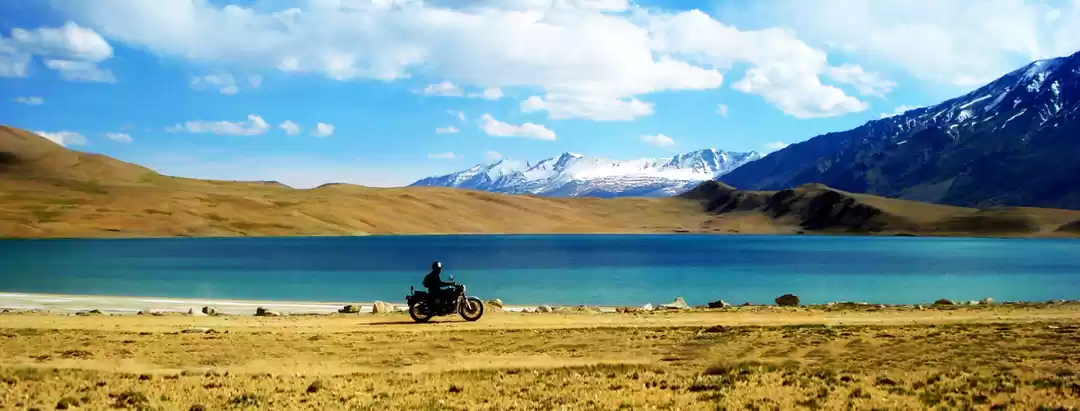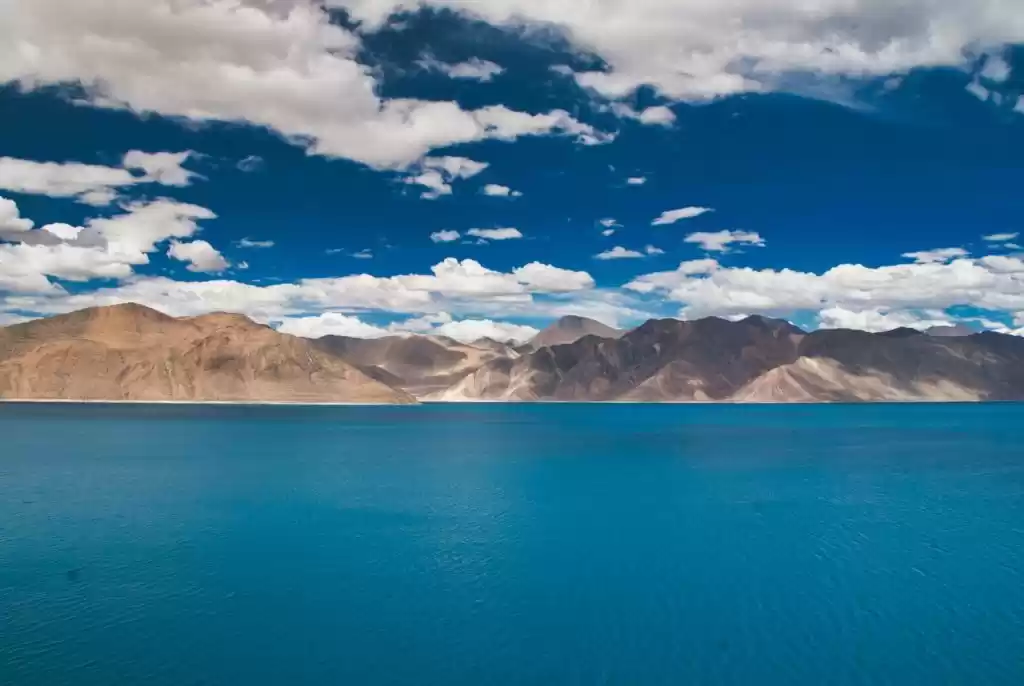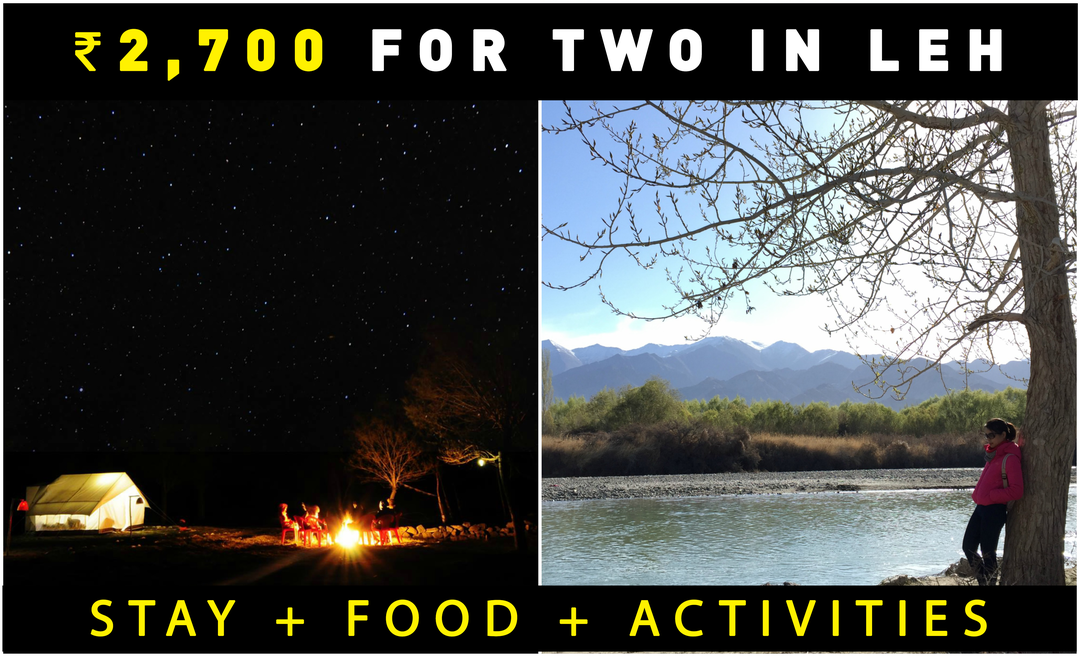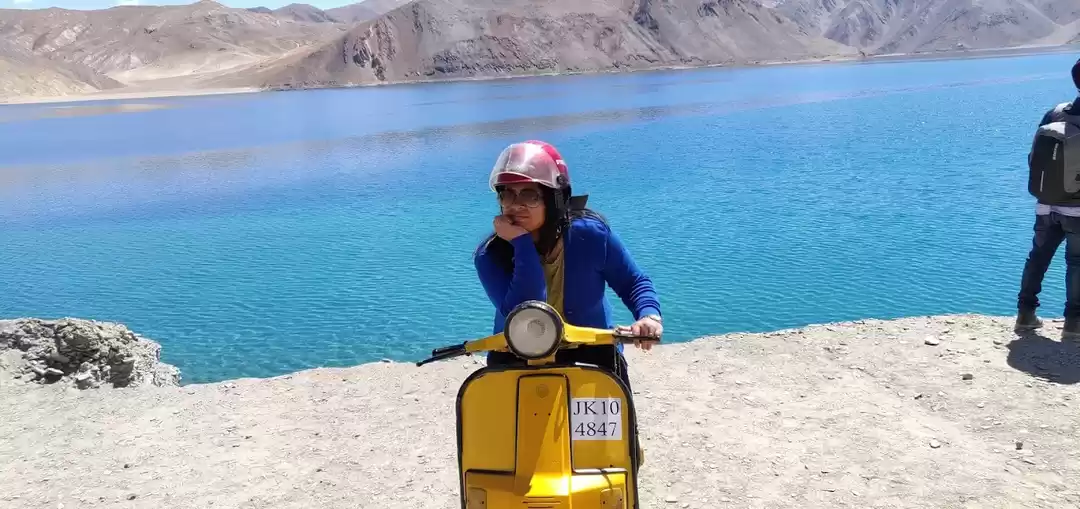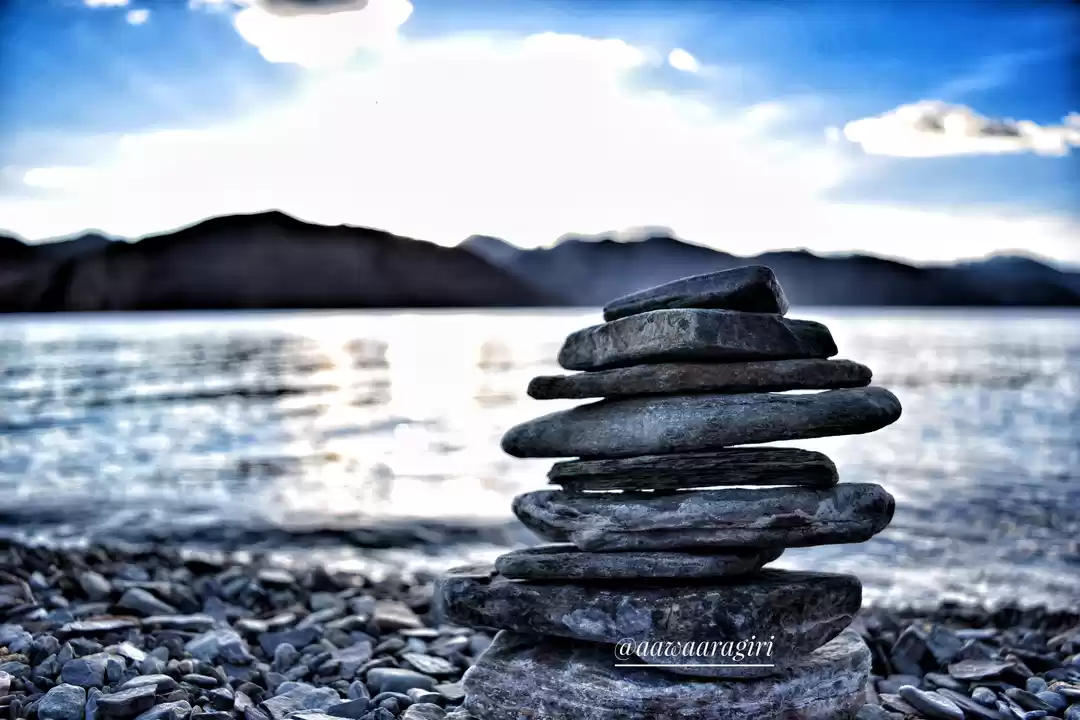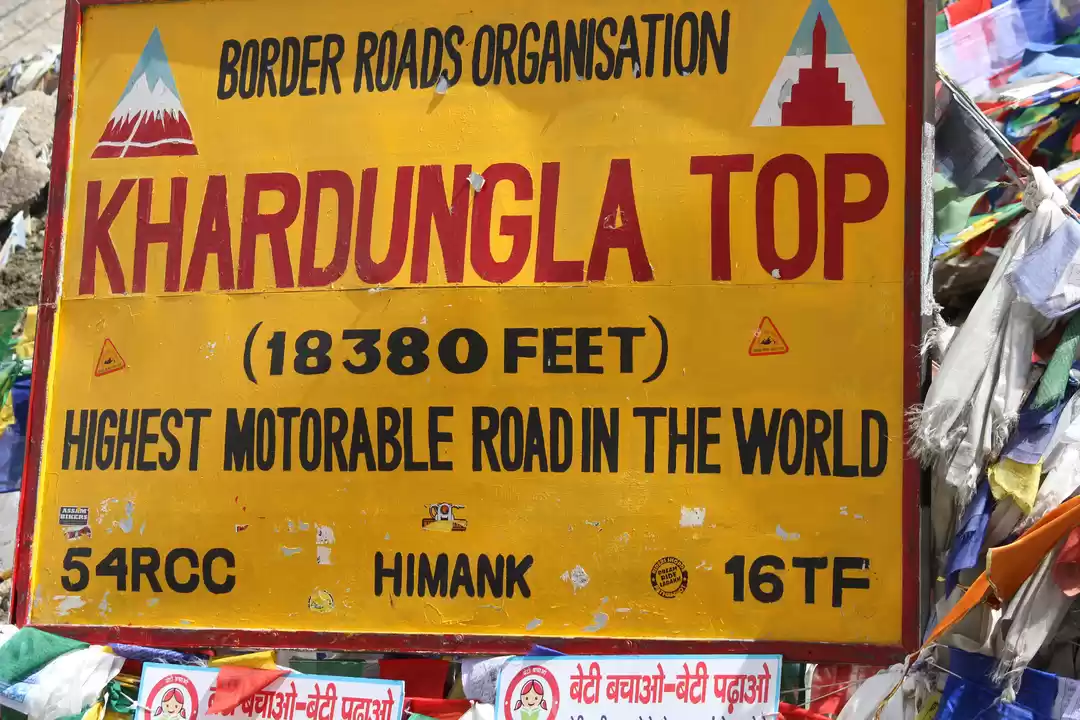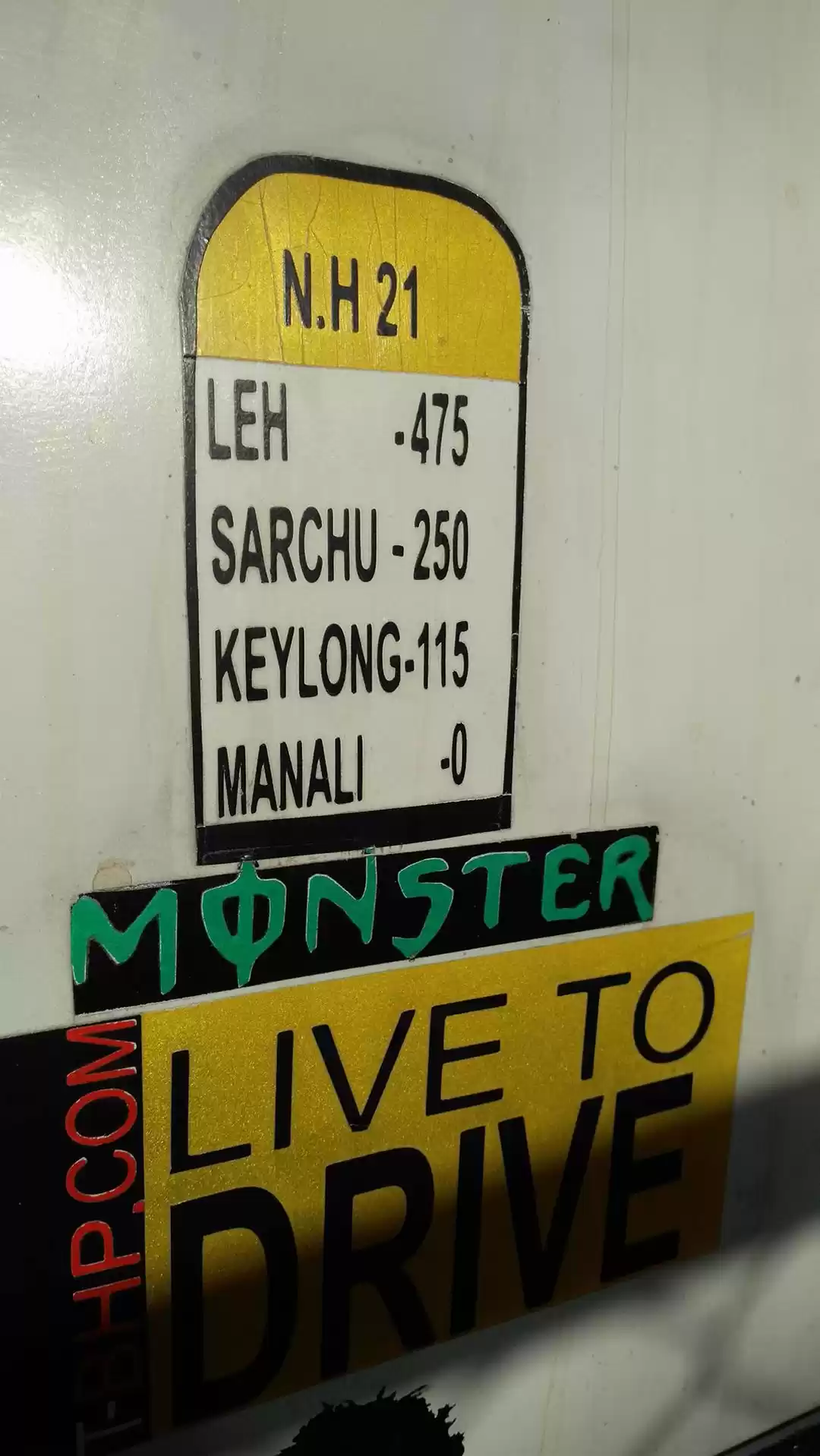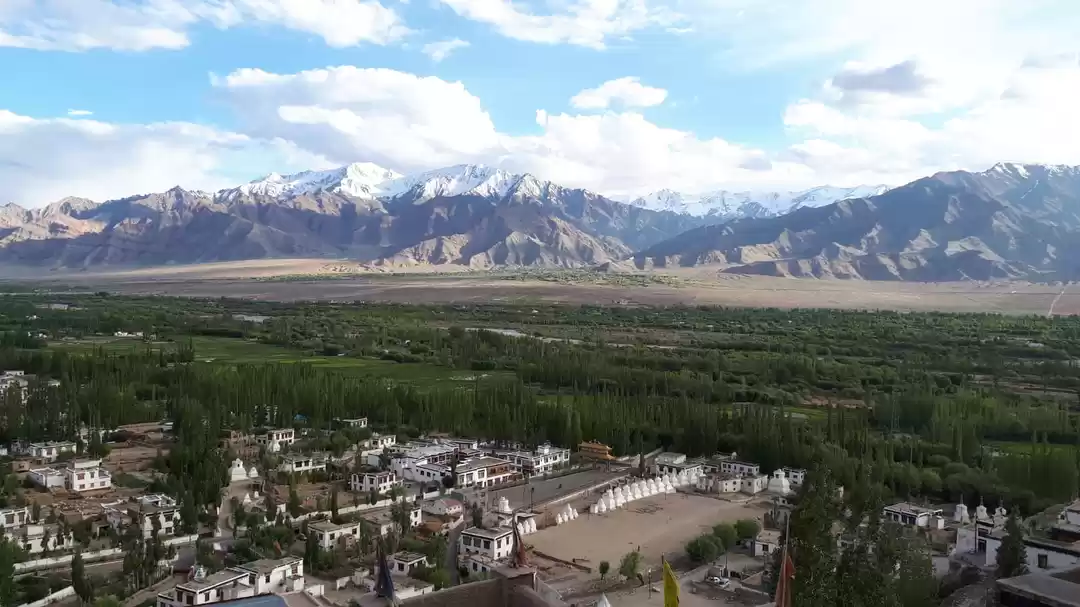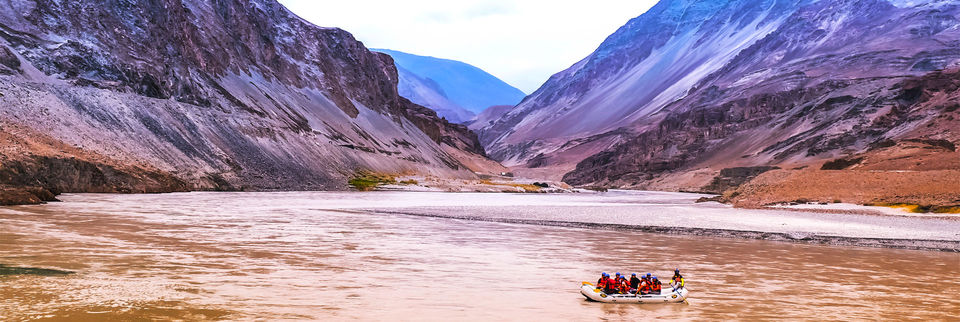
Ladakh stands as the rugged plateau amidst the Himalayas and the Karakorams, surrounded by vast and scenic terrains for as long as the eyes can see. The gigantic plateau ranges from the Indus river (2550 meters above sea level) to the Saltoro Kangri peak in the Saltoro mountain subrange of the Karakorams (7742 meters above sea level).
Embraced by the Snowy Himalayan ranges in the south and the Karakoram range and Siachen glaciers to the north, Ladakh is known for its exquisite beauty blended in its unforgiving climate. The cold desert of India, Ladakh, is one of the most popular tourist spots in the country, as people worldwide often take road trips to Ladakh.
A complete guide for your trek to Leh & Ladakh
Here we will cover the essential information that will prepare you for a trip to Ladakh.
Altitude and terrain in Ladakh
While the name Ladakh literally translates to ‘land of high passes,’ this hamlet is interspersed with varied topographical features, rivers, lakes, valleys, peaks, and demanding terrains. The Ladakh elevation ranges from 2550 meters to 7742 meters above sea level. Because of the high altitude, there is always a dearth of oxygen. Hence, the treks in this region are not meant for people with respiratory ailments or seniors but the fit and seasoned trekkers.
Even for the immensely fit trekkers, acclimatization is a must. To scale imposing altitudes during various adventure activities in Ladakh, you need to have a day or two of acclimatization at Leh to train your body and mind against the hostile climatic conditions, terrain, and the upcoming journey. Skipping acclimatization might lead you to encounter Acute Mountain Sickness and other symptoms.
Average temperature and climatic conditions
The summer temperature can range anywhere between 15-30 degrees Celsius, making it quite pleasant and the perfect time to visit Leh Ladakh. The winters, however, are excruciatingly cold, with temperatures dipping down to -21 degrees Celsius at times.
Best time to visit Leh Ladakh
The weather and climatic conditions influence the best time to go trekking and participating in adventure activities in Leh-Ladakh. Late springs and summers are the best time to start trekking in Ladakh. One of the most unusual things about Ladakh is that it is mainly located in the rain shadow region of the Himalayas. Hence, monsoons for the rest of India don’t affect Ladakh much.
Therefore, Ladakh is best visited from April to October. April to mid-May witnesses Ladakh bustling with tourists, whereas June is the best month for the legendary mountain biking trips in Ladakh. Mid-August to October finds the Ladakh plateau in a state of visual bliss. Though the region offers winter treks having trails bejeweled with snow, temperatures are frigid, and the conditions are hostile to go trekking during those times. Only the seasoned and the pro with extensive experience can take such risks.
Fitness requirements
The challenging topography of Ladakh requires you to have a decent level of physical fitness, mental endurance, and agility. The easy to moderate treks have rough patches within their trails that demand vigor and strength. Hence, you should start preparing beforehand with routine aerobic, free-hand, core, weight, and endurance training. Most importantly, talk to a doctor and get a medical check if you think you are not fit enough for this challenging trip, especially if you plan to embark on difficult adventures like summiting the Dzo Jongo Peak or going for the Stok Kangri climb.
Attractions and Activities
Ladakh is known for its spectacular landscapes, daring, enthralling treks, and magnificent views of the magnanimous Himalayas. The unique climate of Ladakh and the gorgeous views is what make the trip most rewarding, even though they are pretty testing to anyone that visits the place. Yet, you can make some of the most precious memories here and feed your adventurous soul through treks like the Snow Leopard Trek or the Sham Valley Trek.
Various daring and enthralling treks are organized here every year, like the Markha Valley Trek or the Chadar Trek on Zanskar, where you get to walk over a magnificent frozen gorge in Ladakh. These treks cost around USD 130-600 (INR 15000-45000) per person. You can also opt for an adventurous Manali to Leh (Khardungla) Cycling Expedition, as it is an experience that is bound to leave a mark on your soul. Motor biking trips in Ladakh have also emerged as highly popular and exhilarating adventure sports amongst individuals.
You can breathe in the tranquility around the monasteries like the Thiksey Monastery or the Likir Gompa monastery, which are untouched by the cacophony of the urban population.
Ladakh’s unreal beauty houses many spectacular water bodies. There are serene lakes, like the spectacular Pangong Tso, Tso Moriri, and the Kyagar Tso lakes. You can even try out exciting activities like white water rafting in Ladakh on Indus and Zanskar rivers.
Transport
Via flight
There are several ways to reach Ladakh and embark on exciting treks. The best way is to reach Ladakh by flight. You can take a flight from various parts of the country, like Delhi, Jammu, Srinagar, and Chandigarh, to The Kushok Bakula Rimpochee Airport, located 3.8km from the main city of Leh. You can then book a cab from the airport, which will take you to your desired destination.
Via roadways
You can opt to travel by road to Leh Ladakh. You can take private or shared jeeps from Srinagar to Leh, which is a tiring 2-day journey. You can even go for SRTC or HRTC busses, which are slower than private vehicles but are comparatively cheaper. One of the major rest-stops here is Kargil.
The Leh-Manali highway is a vital road here. You can embark upon this journey from June to October, and it takes two long days to complete, but you can take rests in places like Pang, Sarchu, or Jispa. This road will take you through unbelievably stunning landscapes, like the Tanglang La pass, which stands at 5328 meters, and the Rohtang La Pass at 3978 meters.
Via railway
If you wish to go via train, you must know that there is no railway station in Ladakh. You can take a train to Jammu Jammu Tawi, the nearest railway station, located 700km from Ladakh. A JKSRTC bus is your best option to reach your destination from then on.
Accommodation
The trip to Ladakh can be thrilling and exciting, but at the same time, it can be excruciatingly tiring. There are many hotels, homestays, and lodges where you can spend a decent night according to your preference and budget. Apart from certain beautiful, eco-friendly hotels offering numerous amenities to all the guests, you will also find tents rented by the locals along the trail. These rented tents are very basic and will not cost more than USD 4 to 10 (INR 300 to 750) per night per head, including three meals per day.
However, you can opt for luxurious hotels like the Ladakh Sarai Resort, the Lotus Hotel, the Desert Himalayan Resort, and the Nubra Ecolodge at the Nubra Desert, the Hunder resort in the Hunder village, etc. that cost nearly USD 40 to 70 per night per head (INR 3000 to 5000).
So, before embarking on this exciting journey, make sure to be prepared for it. Book the hotels beforehand, and contact a reputed travel or tour agency to help you with the trip.
Permits
Until 2014, both Indian and foreign nationals required an Inner Line Permit (ILP) and a Protected Area Permit (PAP) to visit several parts of Ladakh. However, post-2014, several such places have been made accessible to people. Standard ID proofs like Aadhar Card, PAN Card, passport, driving license, etc., act as permits for Indian nationals at various checkpoints when visiting remote regions like the Nubra Valley, Khardung La, Pangong Tso Lake, Tso Moriri, etc.
However, several regions like the Batalik sector, Tsaga, Chumur, Chushul, Hanle, etc., still require an ILP from Indian nationals. These permits are valid up to three weeks from the date of issuance. Foreign nationals of Indian origin or NRIs still need a PAP to visit several regions in Leh Ladakh. These are valid up to seven days from the date of issuance, are issued by the Government of India, and can be obtained from registered tour and travel agencies.
Conclusion
The most wonderful thing about Ladakh is its raw, natural beauty- that remains far away from the influence of urbanization. So if you wish to participate in adventures and activities that occur amidst the bliss of nature, start planning and embark on this beautiful journey.
















